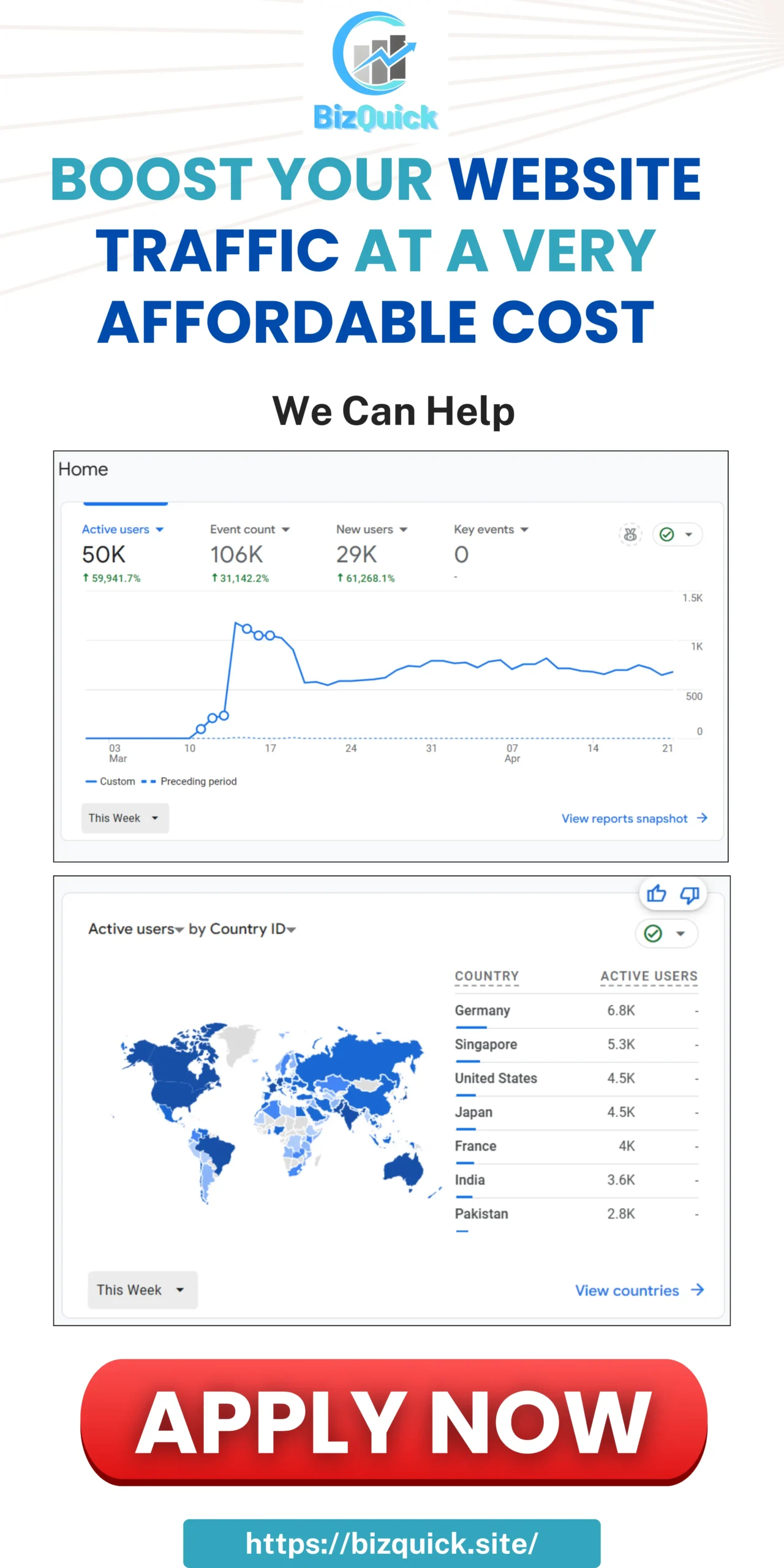Ever wondered what paid traffic is? It’s all around us, from social media ads to search results. For businesses, knowing about paid traffic is key to growing online and reaching more people. Let’s dive into some case studies and insights to understand it better.
In today’s digital world, paid traffic is vital for business growth. By grasping paid traffic, we can make campaigns that work. We’ll look at its benefits and how it differs from organic traffic. This will give you a full picture of paid traffic.
Introduction to Paid Traffic
Digital marketing is all about understanding paid traffic. You see it in Google Ads and Facebook Ads. Knowing paid traffic helps us make campaigns that get results and help businesses succeed.
Key Takeaways
- Understanding paid traffic is key for businesses to grow online
- Paid traffic examples are everywhere, from ads to search results
- Paid traffic is essential for business growth
- Creating effective campaigns needs a deep understanding of paid traffic
- Paid traffic boosts brand awareness and website visits
- Knowing the difference between paid and organic traffic is vital
Understanding Paid Traffic and Its Importance
Paid traffic is key in digital marketing, helping businesses reach their audience. By looking at paid traffic case studies, we learn its benefits. It’s great for getting quick results, which is why many businesses use it.
Key benefits of paid traffic include more brand awareness, better website traffic, and higher conversion rates. Also, paid traffic insights help businesses understand their audience better. This lets them improve their marketing and ads.
What Is Paid Traffic?
Paid traffic means paying for ads online to get more website visitors. It includes PPC ads, social media ads, and sponsored content.
Benefits of Using Paid Traffic
Paid traffic offers many benefits. Some top ones are:
- More website traffic and engagement
- Better brand awareness and credibility
- Higher conversion rates and ROI
- Targeting specific audiences and demographics
Differences Between Paid and Organic Traffic
Paid traffic comes from ads, while organic traffic comes from SEO and other non-paid methods. Knowing the difference is key for a good digital marketing plan.

By using paid traffic case studies and paid traffic insights, businesses can make effective campaigns. Paid traffic is great for boosting brand awareness, website traffic, or conversions.
Common Types of Paid Traffic
We will explore the different types of paid traffic. This includes strategies to help businesses optimize their campaigns. It’s important to analyze paid traffic to see which types work best for a business.
There are several types of paid traffic, each with its own benefits and drawbacks. Some of the most common types include:
- Pay-Per-Click (PPC) Advertising: This type of paid traffic involves paying for each ad click.
- Social Media Ads: These ads are displayed on social media platforms and can be targeted to specific audiences.
- Sponsored Content: This type of paid traffic involves partnering with influencers or other brands to promote products or services.
By using paid traffic strategies and conducting thorough paid traffic analysis, businesses can determine which types of paid traffic are most effective for their specific needs and goals. 
| Type of Paid Traffic | Benefits | Drawbacks |
|---|---|---|
| PPC Advertising | Targeted ads, measurable results | Can be expensive, requires ongoing optimization |
| Social Media Ads | Highly targeted, cost-effective | Can be time-consuming to manage, may not be suitable for all businesses |
| Sponsored Content | Can be highly effective, builds brand awareness | Can be expensive, may not be suitable for all businesses |
By understanding the different types of paid traffic and using paid traffic analysis to inform their strategies, businesses can make the most of their paid traffic campaigns and achieve their marketing goals.
Case Study: Google Ads Success Stories
We’ve looked at many paid traffic case studies to find what makes a Google Ads campaign successful. By studying these examples, we can learn how to make our campaigns better.
A well-made Google Ads campaign can really help a company show up more online and get more sales. To do this, it’s key to do good keyword research, write catchy ad copy, and set up landing pages that match the ads. This way, businesses can get more value from their paid traffic efforts.
Some important strategies for successful Google Ads campaigns include:
- Doing deep keyword research to find the right search terms
- Writing ad copy that speaks to the audience
- Setting up landing pages that match the ad and keywords
Using these strategies, businesses can make their paid traffic efforts better. For instance, a company selling outdoor gear can target ads to show up when people search for things like “hiking boots” or “camping equipment.” This can help them get more online visibility and sales.
By always checking and tweaking their Google Ads campaigns, businesses can get even better results. This means looking at things like click-through rates, conversion rates, and ROI to see where they can get better.
| Campaign Metric | Result |
|---|---|
| Click-through Rate (CTR) | 2.5% |
| Conversion Rate | 5% |
| Return on Investment (ROI) | 300% |
By sticking to these strategies and always improving their campaigns, businesses can see big improvements in their paid traffic efforts. They’ll also get valuable insights to help them grow.
Case Study: Facebook Advertising Insights
We’ve looked into many paid traffic strategies and found Facebook ads to be very effective. By analyzing paid traffic, businesses can make their ad campaigns better and get more value for their money. This case study will show a successful Facebook ad campaign and what made it work.
The campaign targeted people based on who they are, what they like, and how they act. This way, the business reached those most likely to be interested in what they offer. Creative ad formats like videos and carousels also caught people’s attention and got them involved.
Key Strategies Employed
- Target audience selection based on demographics, interests, and behaviors
- Use of creative ad formats, such as videos and carousels
- Regular monitoring and optimization of ad performance using paid traffic analysis
Thanks to these strategies, the business saw a big jump in website visits and sales. The campaign’s return on investment was better than expected. This shows that paid traffic analysis is key to making ad campaigns more effective and profitable.
Tips for Maximizing Paid Traffic Effectively
To get the most out of paid traffic, we need to use smart strategies. This means managing our budget well, testing ads, and tracking how they do. By doing this, we can make sure our paid traffic works as hard as it can.
Managing our budget is key. We should have clear goals and a budget that matches them. This helps us spend wisely and keep our campaigns affordable. Continuous optimization is also important. It lets us tweak our plans and get better results over time.
Here are some ways to make paid traffic work better:
- Do deep research on keywords to find the best ones
- Write ad copy that really speaks to our audience
- Use retargeting ads to reach people who’ve shown interest before
By using these strategies and keeping an eye on how they do, we can make the most of paid traffic. This will help our business grow in big ways.
Future Trends in Paid Traffic Advertising
The world of paid traffic advertising is about to change a lot. Artificial intelligence (AI) will be key, helping marketers understand their audience better. This will make their campaigns more precise than ever before.
People are getting smarter and want more personal experiences. New tech like voice-activated devices and augmented reality will help brands reach out to their audience. Businesses that keep up with these changes will thrive in the future of paid traffic insightsandpaid traffic analysis.
Marketers need to stay quick and open to new ideas. By embracing these trends, we can make paid traffic advertising even better. This will bring great value to our customers.


